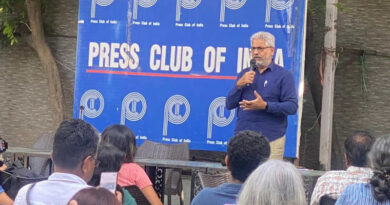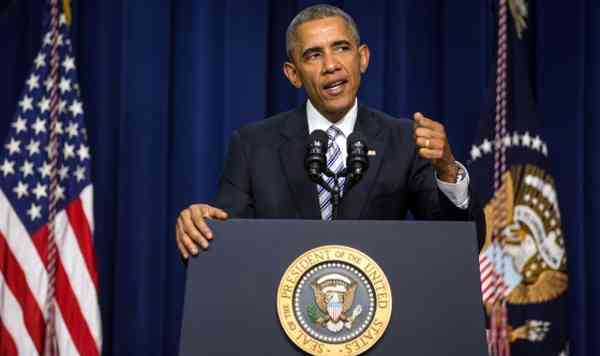RSF Reports 1668 Journalists Killed Worldwide in 20 Years

RSF Reports 1668 Journalists Killed Worldwide in 20 Years
At the end of a year in which the number of journalists killed in connection with their work rose again, Reporters Without Borders (RSF) has compiled and analyzed the figures for journalists killed during the past 20 years – two especially deadly decades for those in the service of the right to inform.
With murders, contract killings, ambushes, war zone deaths and fatal injuries, a staggering total of 1,668 journalists have been killed worldwide in connection with their work in the last two decades (2003-2022), according to RSF’s tallies based above all on its annual round-ups. This gives an average of more than 80 journalists killed every year. The total killed since 2000 is 1,787.
“Behind the figures, there are the faces, personalities, talent and commitment of those who have paid with their lives for their information gathering, their search for the truth and their passion for journalism,” said RSF secretary-general Christophe Deloire.
The annual death tolls peaked in 2012 and 2013 with 144 and 142 journalists killed, respectively. These peaks, due in large measure to the war in Syria, were followed by a gradual fall and then historically low figures from 2019 onwards.
Sadly, the number of journalists killed in connection with their work in 2022 – 58 according to RSF’s Press Freedom Barometer on 28 December – was the highest in the past four years and was 13.7% higher than in 2021, when 51 journalists were killed.
During the past two decades, 80% of the media fatalities have occurred in 15 countries. The two countries with the highest death tolls are Iraq and Syria, with a combined total of 578 journalists killed in the past 20 years, or more than a third of the worldwide total. They are followed by Afghanistan, Yemen and Palestine. Africa has not been spared, with Somalia coming next.
Russia continues to be Europe’s deadliest country for the media, with the biggest number of journalists killed during the past 20 years. Since Vladimir Putin took over, Russia has seen systematic attacks on press freedom – including deadly ones – as RSF has repeatedly reported. They include Anna Politkovskaya’s high-profile murder on 7 October 2006.
The war that began in Ukraine on 24 February 2022 is one of the reasons why this country has Europe’s second highest death toll. Eight journalists have been killed in Ukraine since Russia invaded. But an additional 12 were killed there during the 19 preceding years.
France ranks as the fourth deadliest European country as a result of the massacre at the satirical weekly Charlie Hebdo in Paris in 2015.
During the past decade, reporters have run the greatest risks in areas where armed clashes were taking place. Of the 686 killings since 2014, 335 have been in war zones (including Syria, Afghanistan and Yemen). The five deadliest years were from 2012 to 2016, with 94 killed in 2012, 92 in 2013, 64 in 2014, 52 in 2015 and 53 in 2016.
Some slight encouragement can be derived from the fact that the annual total of journalists killed in war zones has not exceeded 20 during the past three years. Aside from a decline in the intensity of some wars, these figures reflect the effectiveness of preventive and protective measures taken by news organizations as well as, sometimes, reporting precautions and restrictions.
Countries where no war is officially taking place are not necessarily safe for reporters and some of them are near the top of the list of those where killings have occurred. In fact, more journalists have been killed in “zones at peace” than in “zones at war” during the past two decades, in most cases because they were investigating organized crime and corruption.
With 47.4% of the journalists killed in 2022, America is nowadays clearly the world’s most dangerous continent for the media, which justifies the implementation of specific protection policies.
Four countries – Mexico, Brazil, Colombia and Honduras – are among the world’s 15 most dangerous countries. Asia also has many countries on this tragic list, including the Philippines, with more than 100 journalists killed since the start of 2003, Pakistan with 93, and India with 58.
Finally, while many more male journalists (more than 95%) have been killed in war zones or in other circumstances than their female counterparts, the latter have not been spared.
A total of 81 women journalists have been killed in the past 20 years – 4.86% of the total media fatalities. Since 2012, 52 have been killed, in many cases after investigating women’s rights.
Some years have seen spikes in the number of women journalists killed, and some of the spikes have been particularly alarming. In 2017, ten women journalists were killed (as against 64 male journalists) – a record 13.5% of that year’s total media fatalities.




